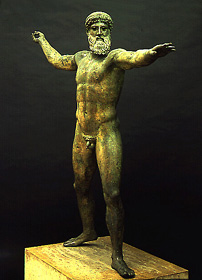Greek bronze sculpture depicting the god Poseidon. "Poseidon Soter at Artemisium" (c. 575 B.C.).
The statue was found in the Aegean Sea in 1926.
Click on image for full size
Image courtesy of the National Archaelogical Museum at Athens, Greece. Greek Ministry of Culture-Archaeological Receipt Fund. (c) Greek Ministry of Culture.
Poseidon
Poseidon was the Greek god of the sea and
earthquakes. Poseidon was depicted as a bearded man with long hair, holding
a trident and accompanied by dolphins and fish. He had the reputation for having a very bad temper. The symbol of Poseidon's power was the three pronged spear known as
the trident.
The storms and earthquakes
were a reflection of his furious rage. When he was angry, he split mountains and threw
them into the
sea to make islands.
Poseidon was the brother of
Zeus and Hades. He married Amphitrite who was one of his attendants, the Nereids. The Greek god Poseidon was known to the Romans with
the name of Neptune.
You might also be interested in:

How did life evolve on Earth? The answer to this question can help us understand our past and prepare for our future. Although evolution provides credible and reliable answers, polls show that many people turn away from science, seeking other explanations with which they are more comfortable.
...more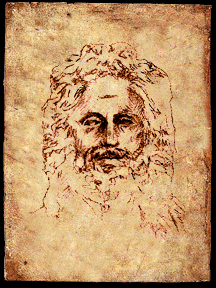
In Roman mythology, Jupiter was the king of heaven and Earth and of all the Olympian gods. He was also known as the god of justice. He was named king of the gods in the special meeting that followed his
...more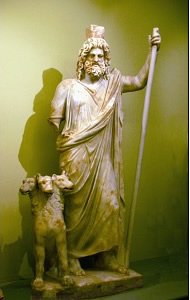
Following the defeat of the Titans by the Jovian gods, Pluto obtained the kingdom of the underworld. One day, while he was riding through the field of battle, the goddess Venus had her companion, Cupid,
...more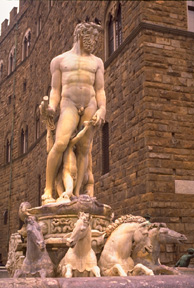
Neptune was the name that ancient Romans gave to the Greek god of the sea and earthquakes, Poseidon. He was the brother of Jupiter (Zeus) and of Pluto (Hades). After the defeat of their father Saturn (Cronos),
...more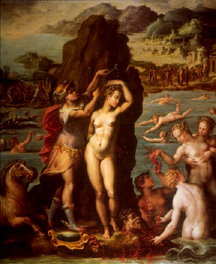
In Greek mythology, Andromeda was the daughter of Cassiopeia and Cepheus, the king of Ethiopia. Andromeda's mother claimed that they were more beautiful than the sea nymphs, the Nereids. The Nereids felt
...more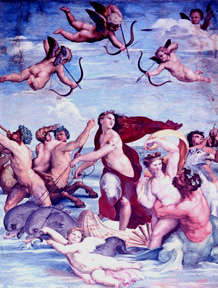
Many features of the Earth are named after mythological figures. An example is the story of Galatea's love for a young beautiful shepherd called Acis. He was the son of Pan.Galatea lived in the sea surrounding
...more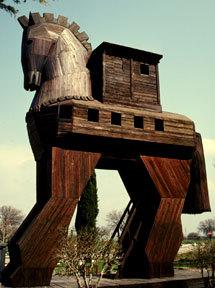
The legendary Greek hero, Odysseus was the king of Ithaca, a small island in the Ionian sea, where he lived with his wife Penelope. He was known to Romans as Ulysses. After fighting the war against the
...more
The ancient Greeks saw the figure of the Greek myth Orion in the nighttime sky. There are several different stories about the birth of Orion. According to one version of the myth, Orion was the son of
...more


